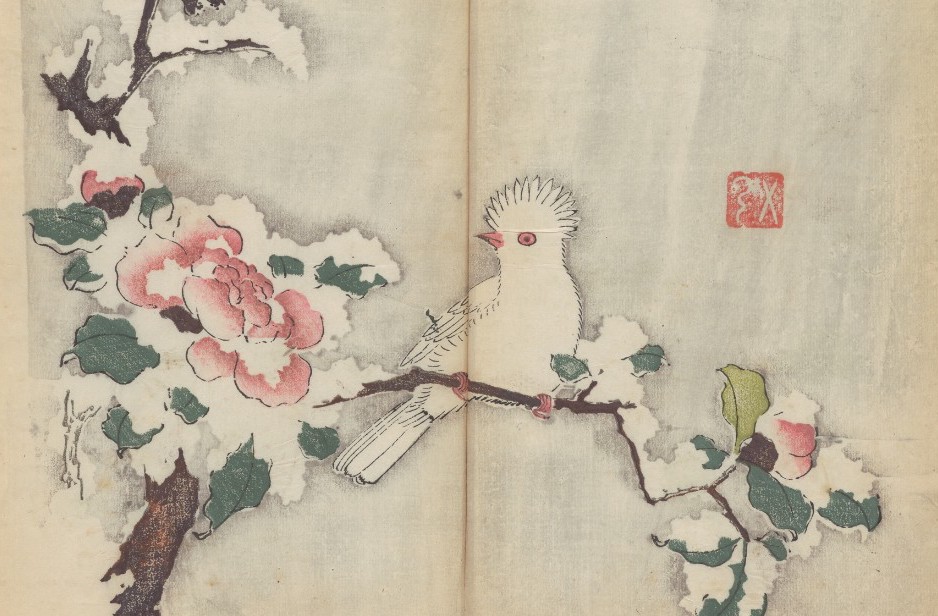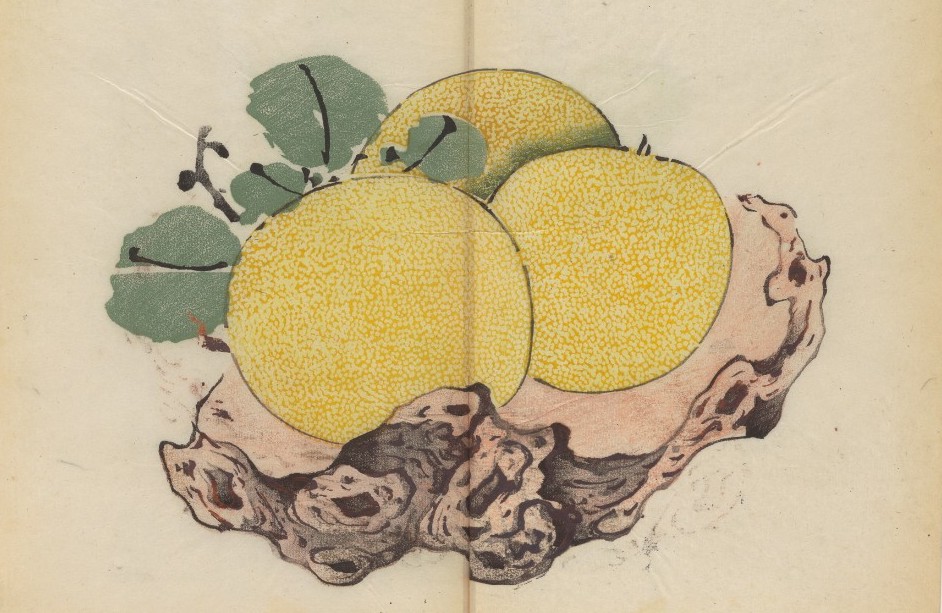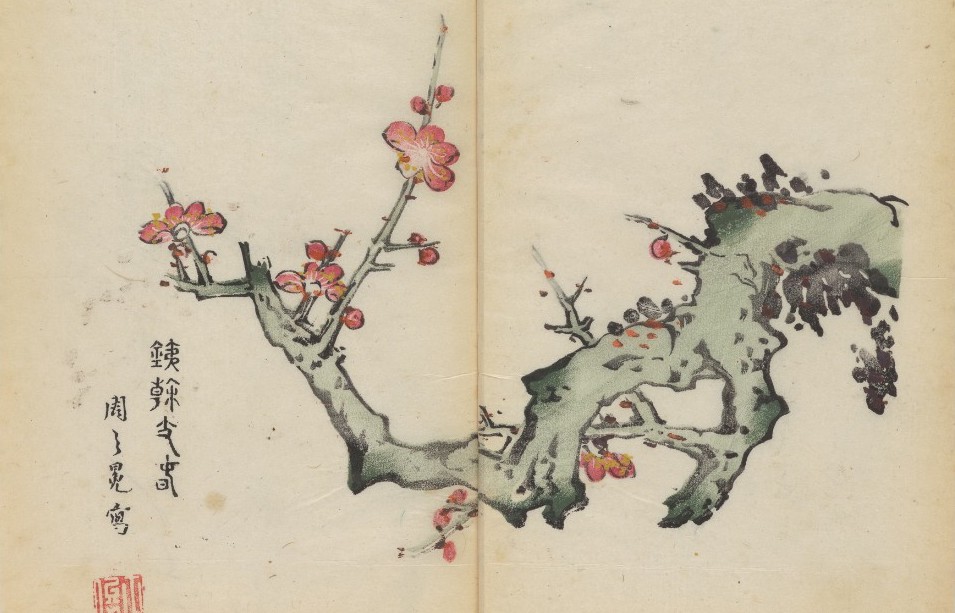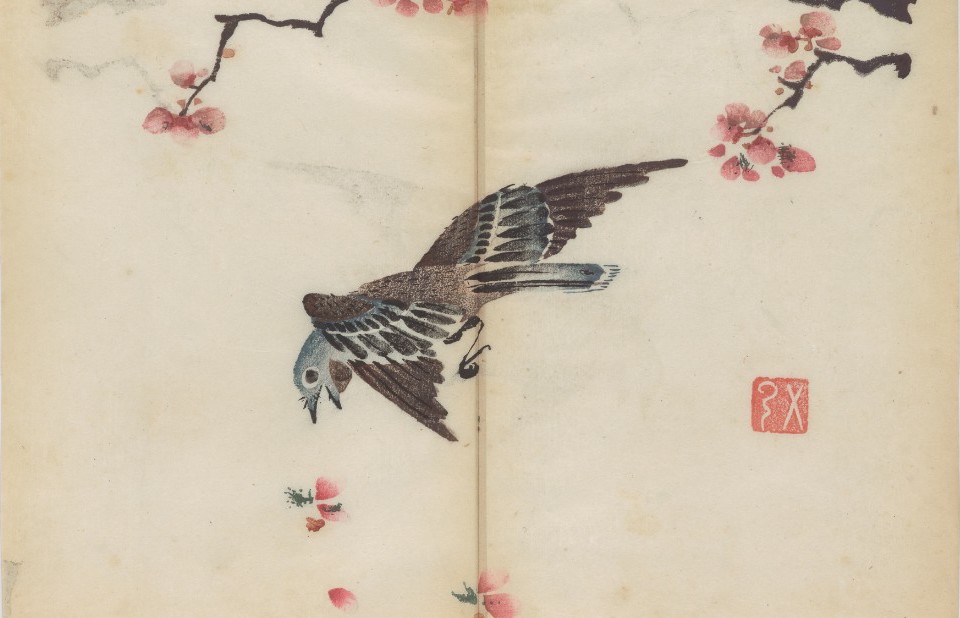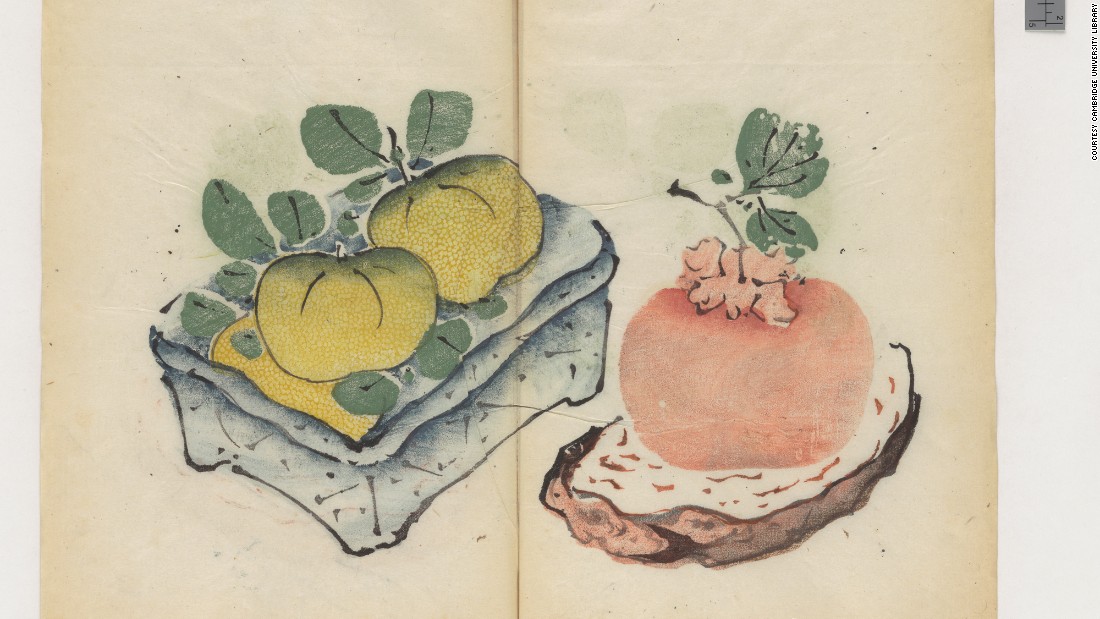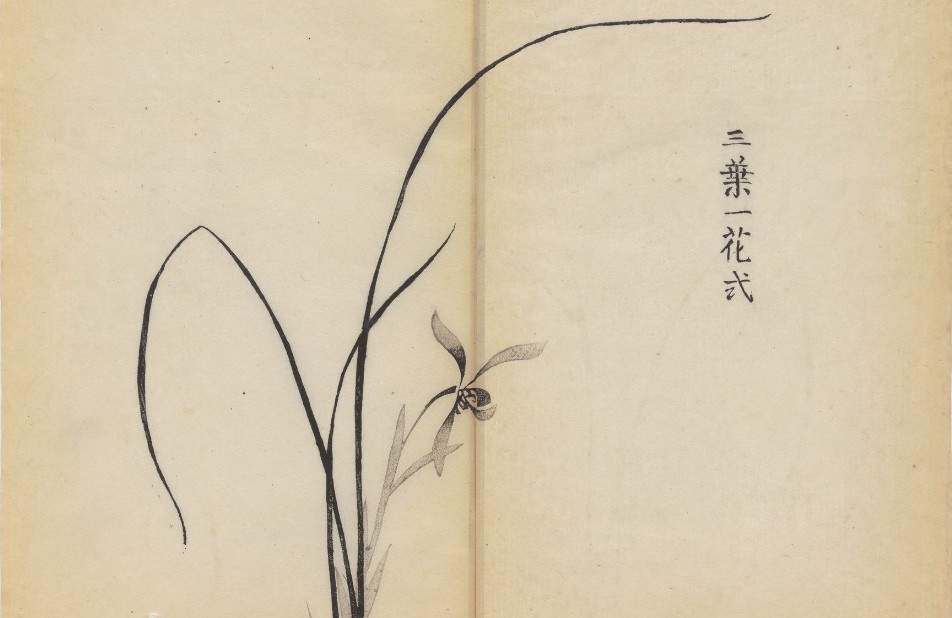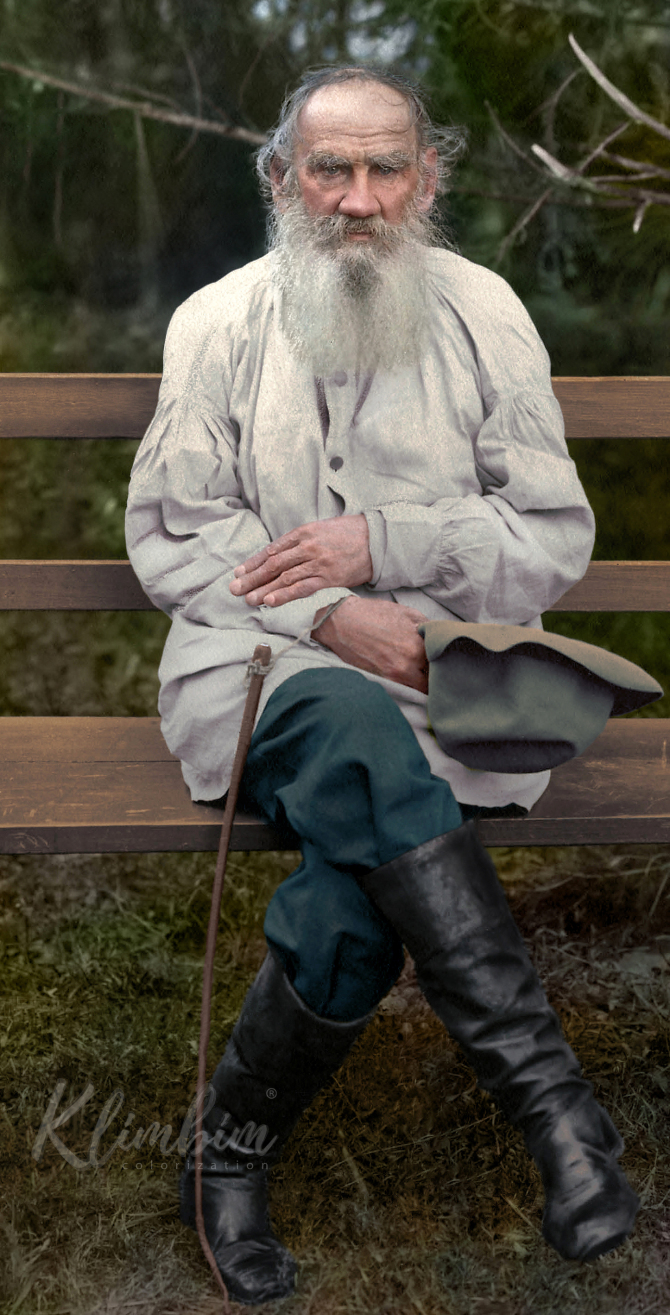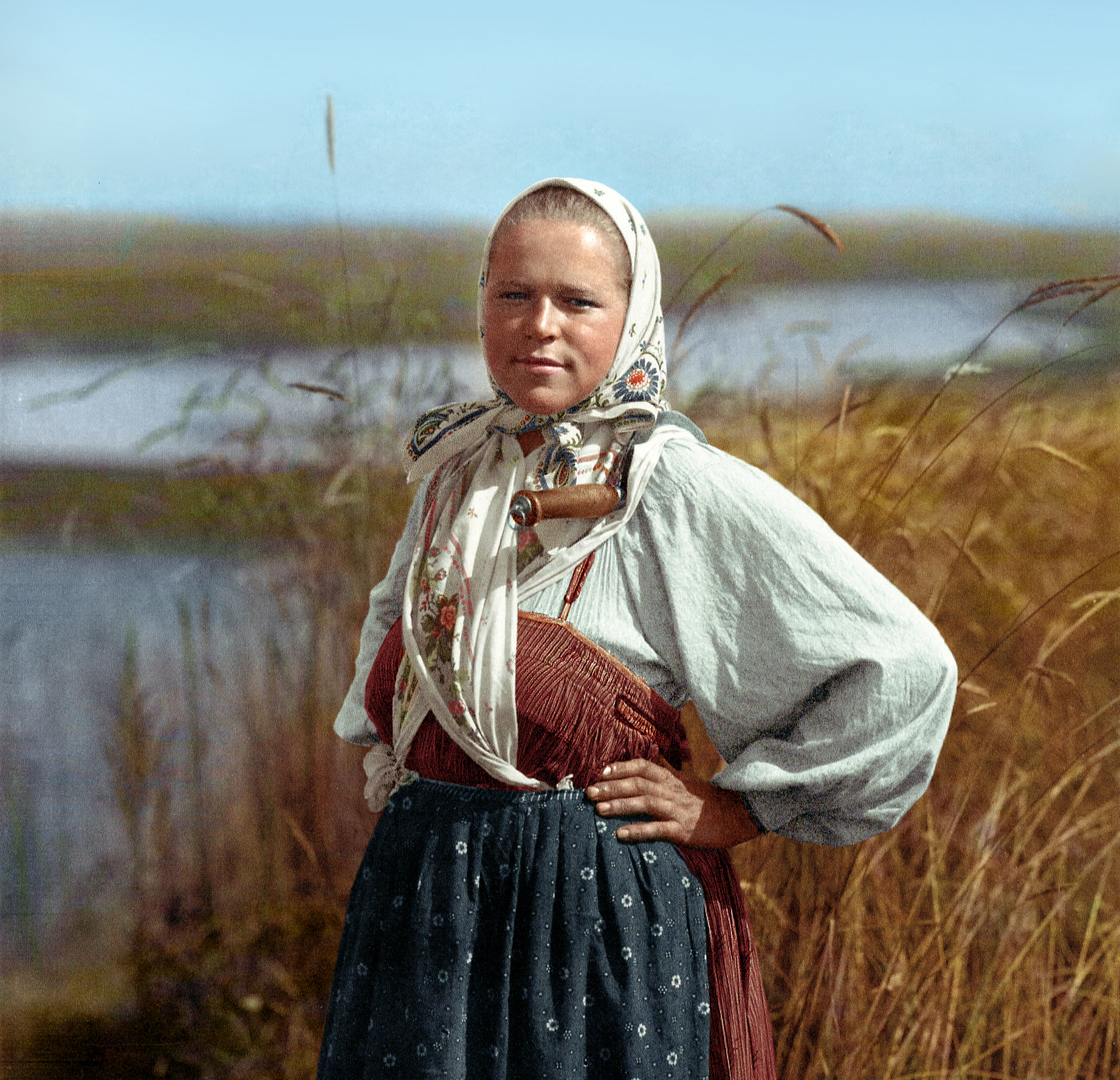[Most Recent Entries] [Calendar View]
Friday, July 21st, 2017
| Time | Event |
| 8:07a | Google’s DeepMind AI Teaches Itself to Walk, and the Results Are Kooky, No Wait, Chilling In 2014, Google acquired DeepMind, a company which soon made news when its artificial intelligence software defeated the world's best player of the Chinese strategy game, Go. What's DeepMind up to these days? More elemental things--like teaching itself to walk. Above, watch what happens when, on the fly, DeepMind's AI learns to walk, run, jump, and climb. Sure, it all seems a little kooky--until you realize that if DeepMind's AI can learn to walk in hours, it can take your job in a matter of years. Watch a primer explaining how DeepMind works here. And find more AI resources in the Relateds below. Related Content: Artificial Intelligence: A Free Online Course from MIT Artificial Intelligence Program Tries to Write a Beatles Song: Listen to “Daddy’s Car” Two Artificial Intelligence Chatbots Talk to Each Other & Get Into a Deep Philosophical Conversation Google’s DeepMind AI Teaches Itself to Walk, and the Results Are Kooky, No Wait, Chilling is a post from: Open Culture. Follow us on Facebook, Twitter, and Google Plus, or get our Daily Email. And don't miss our big collections of Free Online Courses, Free Online Movies, Free eBooks, Free Audio Books, Free Foreign Language Lessons, and MOOCs. |
| 10:30a | The World’s Oldest Multicolor Book, a 1633 Chinese Calligraphy & Painting Manual, Now Digitized and Put Online
We think of Johannes Gutenberg’s printing press (circa 1440) to have begun the era of the printed book, since his invention allowed for mass production of books on a scale unheard of before. But we must date the invention of printing itself much earlier—nearly 600 years earlier—to the Chinese method of xylography, a form of woodblock printing. Also used in Japan and Korea, this elegant method allowed for the reproduction of hundreds of books from the 9th century to the time of Gutenberg, most of them Buddhist texts created by monks. In the 11th century, writes Elizabeth Palermo at Live Science, a Chinese peasant named Bi Sheng (Pi Sheng) developed the world’s first movable type.” The technology may have also arisen independently in the 14th century Yuan Dynasty and in Korea around the same time.
Despite these innovations, xylography remained the primary method of printing in Asia. The “daunting task” of casting the thousands of characters in Chinese, Japanese, and Korean “may have made woodblocks seem like a more efficient option for printing these languages.” This still-labor-intensive process produced books and illustrations for several centuries, a good many of them incredible works of art in their own right. In 1633, a Chinese printer named Hu Zhengyan invented a technique known as douban, a form of polychrome xylography that led to the creation of the world’s oldest multicolor printed book, Shi zhu zhai shu hua pu (Manual of Calligraphy and Painting), containing, perhaps, writes Cambridge University Library, “the most beautiful set of prints ever made.” And now thanks to Cambridge, the manual has been carefully digitized and made available online.
Published by Hu Zhengyan’s Ten Bamboo Studio in Nanjiang, this manual for teachers contains 138 pages of multicolor prints by fifty different artists and calligraphers and 250 pages of accompanying text. “The method” that produced the stunning artifact “involves the use of multiple printing blocks which successively apply different coloured inks to the paper to reproduce the effect of watercolour painting.” Kept untouched in Cambridge’s “most secure vaults,” the book was unsealed for the first time just a couple years ago. “What surprised us,” remarked Charles Aylmer, head of the Library’s Chinese Department, “was the amazing freshness of the images, as if they had never been looked at for over 300 years.”
The 17th century copy is “unique in being complete, in perfect condition and in its original binding.” (Another, incomplete, copy was acquired in 2014 by the Huntington Library in San Marino, CA.) The book contains many “detailed instructions on brush techniques,” writes CNN, “but its phenomenal beauty has meant from the outset that it has held a greater position” than other such manuals. Like another gorgeous multicolor painting textbook, the Manual of the Mustard Seed Garden, made in 1679, this text had a significant impact on the arts in both China and Japan, “where it inspired a whole new branch of printing.”
Considered “one of the most historically and artistically important illustrated books of 17th century Chinese woodblock art,” notes Liesl Bradner at the L.A. Times, Hu Zhengyan’s text reflects a time when literacy levels were rising. Along with them came “increasing consumer demand for the printed word and images, which ushered in a golden era of Chinese pictorial painting.” You can page through digital scans of the entire book, from cover to cover, at the University of Cambridge’s Digital Library. Note: There are 388 pages in total. Click on the arrows at the top of this page to move through the text.
via MetaFilter Related Content: Download 2,500 Beautiful Woodblock Prints and Drawings by Japanese Masters (1600-1915) Josh Jones is a writer and musician based in Durham, NC. Follow him at @jdmagness The World’s Oldest Multicolor Book, a 1633 Chinese Calligraphy & Painting Manual, Now Digitized and Put Online is a post from: Open Culture. Follow us on Facebook, Twitter, and Google Plus, or get our Daily Email. And don't miss our big collections of Free Online Courses, Free Online Movies, Free eBooks, Free Audio Books, Free Foreign Language Lessons, and MOOCs. |
| 4:31p | Russian History & Literature Come to Life in Wonderfully Colorized Portraits: See Photos of Tolstoy, Chekhov, the Romanovs & More
Colorized episodes of I Love Lucy verge on sacrilege, but Olga Shirnina, a translator and amateur colorist of considerable talent, has unquestionably noble goals when colorizing vintage portraits, such as that of the Romanovs, above. In her view, color has the power to close the gap between the subjects of musty public domain photos and their modern viewers. The most fulfilling moment for this artist, aka Klimblim, comes when “suddenly the person looks back at you as if he’s alive.”
A before and after comparison of her digital makeover on Nadezhda Kolesnikova, one of many female Soviet snipers whose vintage likenesses she has colorized bears this out. The color version could be a fashion spread in a current magazine, except there's nothing artificial-seeming about this 1943 pose. “The world was never monochrome even during the war,” Shirnina reflected in the Daily Mail. Military subjects pose a particular challenge: When I colorize uniforms I have to search for info about the colours or ask experts. So I’m not free in choosing colors. When I colorize a dress on a 1890s photo, I look at what colors were fashionable at that time. When I have no limitations I play with colours looking for the best combination. It’s really quite arbitrary but a couple of years ago I translated a book about colours and hope that something from it is left in my head.
She also puts herself on a short leash where famous subjects are concerned. Eyewitness accounts of Vladimir Lenin’s eye color ensured that the revolutionary’s colorized irises would remain true to life. And while there may be a market for representations of punked out Russian literary heroes, Shirnina plays it straight there too, eschewing the digital Manic Panic where Chekhov, Tolstoy, and Bulgakov are concerned.
Her hand with Photoshop CS6 may restore celebrity to those whose stars have faded with time, like Vera Komissarzhevskaya, the original ingenue in Chekhov’s much performed play The Seagull and wrestler Karl Pospischil, who showed off his physique sans culotte in a photo from 1912.
Even the unsung proletariat are given a chance to shine from the fields and factory floors.
Browse an eye popping gallery of Olga Shirnina’s work on her website. Related Content: Colorized Photos Bring Walt Whitman, Charlie Chaplin, Helen Keller & Mark Twain Back to Life Ayun Halliday is an author, illustrator, theater maker and Chief Primatologist of the East Village Inky zine. Follow her @AyunHalliday. Russian History & Literature Come to Life in Wonderfully Colorized Portraits: See Photos of Tolstoy, Chekhov, the Romanovs & More is a post from: Open Culture. Follow us on Facebook, Twitter, and Google Plus, or get our Daily Email. And don't miss our big collections of Free Online Courses, Free Online Movies, Free eBooks, Free Audio Books, Free Foreign Language Lessons, and MOOCs. |
| 7:00p | Where Do Ideas Come From? David Lynch, Robert Krulwich, Susan Orlean, Chuck Close & Others Reveal Their Creative Sources
Ask any creator subject to frequent interviews which questions they dread, and one in particular will come up more than any other: "Where do you get your ideas?" Some have readily spoken and written on the subject — Isaac Asimov, Neil Gaiman, David Lynch — but most, even if they've had truly astonishing ideas, have given the subject of ideas in general little thought. The video above, named after the infamous question, compiles a variety of answers from a variety of people, younger and older, famous and less so, into a five-minute search for the source of human creativity. "I get ideas in fragments," says Lynch, whose voice we hear amid the many others in the video. "It's as if, in the other room, there's a puzzle and all the pieces are together. But in my room, they just flip one piece at a time into me." When a good idea comes along, says a twelve-year-old named Ursula, "that's the feeling they call inspiration." But Radiolab host Robert Krulwich has a dim view of inspiration: "I'm a little suspicious of the idea like, 'In the beginning there was nothing and then there was light.' I don't think I've had that experience, and for other people who've said that they've had that experience, I'm not sure I believe them."
"Inspiration is for amateurs," says artist Chuck Close. "The rest of us just show up and get to work. Every great idea came out of work, everything." Chalk up another point in favor of Thomas Edison's famous breakdown of genius as one percent inspiration and 99 percent perspiration — but what kind of perspiration? As professional skateboarder Ray Barbee sees it, "most people start off by mimicking something, but then it turns into their own thing because they don't really have the ability to mimic it precisely," a process that produces "originality from copying." "Whenever I finish a story," says New Yorker writer Susan Orlean, "I go through a period of time where I feel like I will never again have an idea." But it never lasts as long as it feels: "One day you fall onto something, and it just looks you in the face and says, 'I'm the one.'" That "one" could take the form, according to the video's contributors, of a chance encounter, a sentence in a story, a yellow ball bouncing down the street, a solitary lawn chair seen from a train window, a dump trick, or many other even less expected entities besides. You just have to be primed and ready to connect it in an interesting manner to other things in your head, in your environment, and in the culture. "Luck is what happens when preparation meets opportunity," goes a well-known quote often attributed to Seneca — and so, it seems, is creativity. Related Content: An Animated David Lynch Explains Where He Gets His Ideas Isaac Asimov Explains the Origins of Good Ideas & Creativity in Never-Before-Published Essay Where Do Great Ideas Come From? Neil Gaiman Explains John Cleese on the Origin of Creativity Rod Serling: Where Do Ideas Come From? Kurt Vonnegut: Where Do I Get My Ideas From? My Disgust with Civilization Based in Seoul, Colin Marshall writes and broadcasts on cities and culture. He’s at work on the book The Stateless City: a Walk through 21st-Century Los Angeles, the video series The City in Cinema, the crowdfunded journalism project Where Is the City of the Future?, and the Los Angeles Review of Books’ Korea Blog. Follow him on Twitter at @colinmarshall or on Facebook. Where Do Ideas Come From? David Lynch, Robert Krulwich, Susan Orlean, Chuck Close & Others Reveal Their Creative Sources is a post from: Open Culture. Follow us on Facebook, Twitter, and Google Plus, or get our Daily Email. And don't miss our big collections of Free Online Courses, Free Online Movies, Free eBooks, Free Audio Books, Free Foreign Language Lessons, and MOOCs. |
| 11:28p | Salvador Dalí’s Body Gets Exhumed, Revealing That, 28 Years After His Death, His Moustache Remains Perfectly Intact
Image by Allan Warren, via Wikimedia Commons Last month, a Spanish court ordered the exhumation of Salvador Dalí's, to see whether--as a paternity case claims--he's the father of María Pilar Abel Martínez, a tarot card reader born in 1956. When experts opened his crypt on Thursday night, they encountered a pretty remarkable scene. According to Narcís Bardalet, the doctor who embalmed the artist's body back in 1989, Dalí's face was covered with a silk handkerchief – a magnificent handkerchief." "When it was removed, I was delighted to see his moustache was intact … I was quite moved. You could also see his hair." "His moustache is still intact, [like clock hands at] 10 past 10, just as he liked it. It’s a miracle." "The moustache is still there and will be for centuries." That's perhaps the last surviving trace of Dalí's schtick that will remain. Follow Open Culture on Facebook and Twitter and share intelligent media with your friends. Or better yet, sign up for our daily email and get a daily dose of Open Culture in your inbox. If you'd like to support Open Culture and our mission, please consider making a donation to our site. It's hard to rely 100% on ads, and your contributions will help us provide the best free cultural and educational materials. Related Content: Salvador Dalí Figurines Let You Bring the Artist’s Surreal Paintings Into Your Home The Tarot Card Deck Designed by Salvador Dalí Salvador Dalí’s 1973 Cookbook Gets Reissued: Surrealist Art Meets Haute Cuisine Salvador Dalí’s Avant-Garde Christmas Cards Walk Inside a Surrealist Salvador Dalí Painting with This 360º Virtual Reality Video Salvador Dalí’s Body Gets Exhumed, Revealing That, 28 Years After His Death, His Moustache Remains Perfectly Intact is a post from: Open Culture. Follow us on Facebook, Twitter, and Google Plus, or get our Daily Email. And don't miss our big collections of Free Online Courses, Free Online Movies, Free eBooks, Free Audio Books, Free Foreign Language Lessons, and MOOCs. |
| << Previous Day |
2017/07/21 [Calendar] |
Next Day >> |

